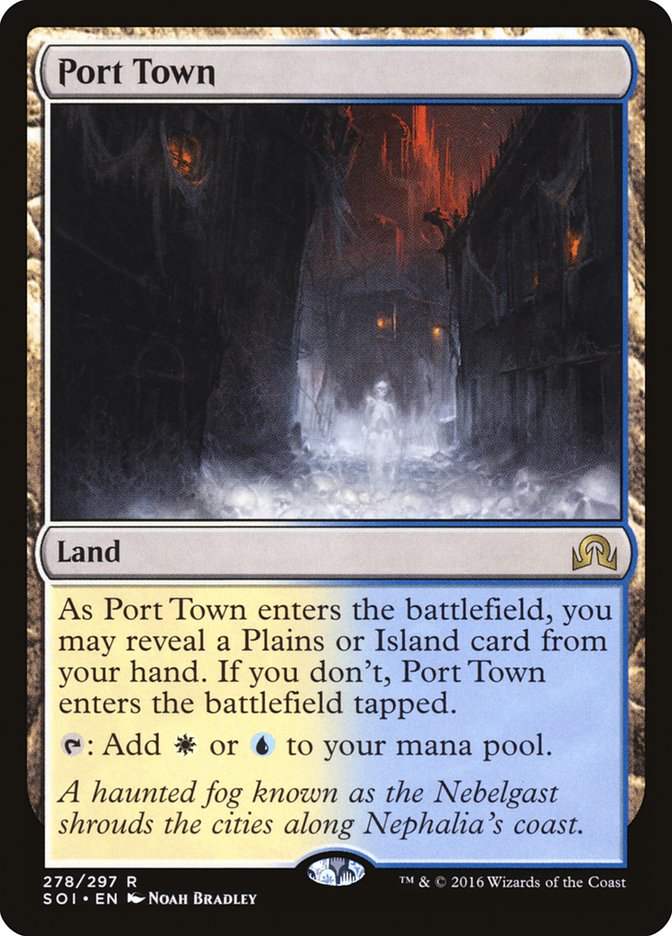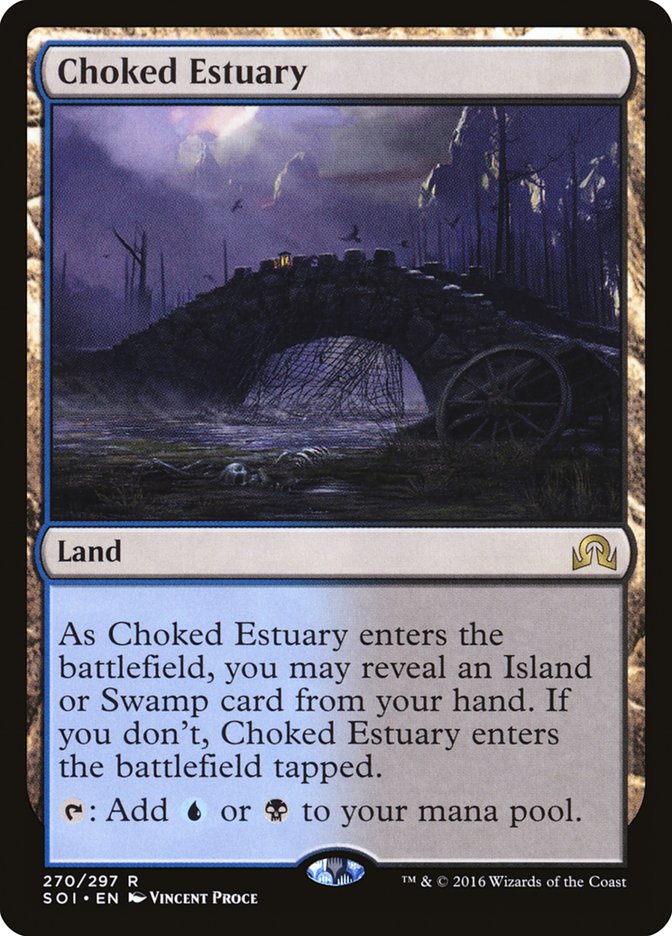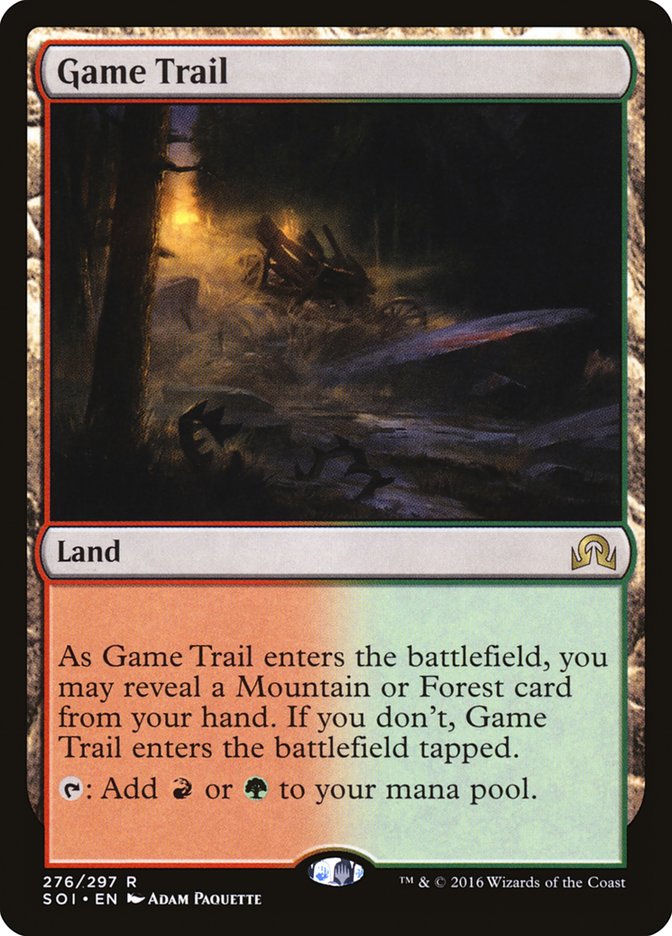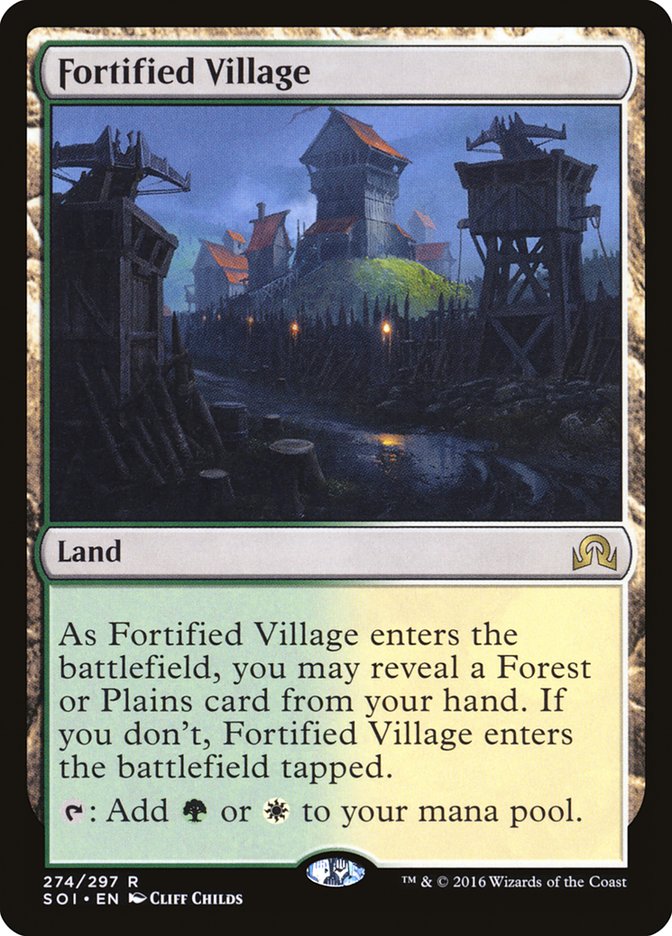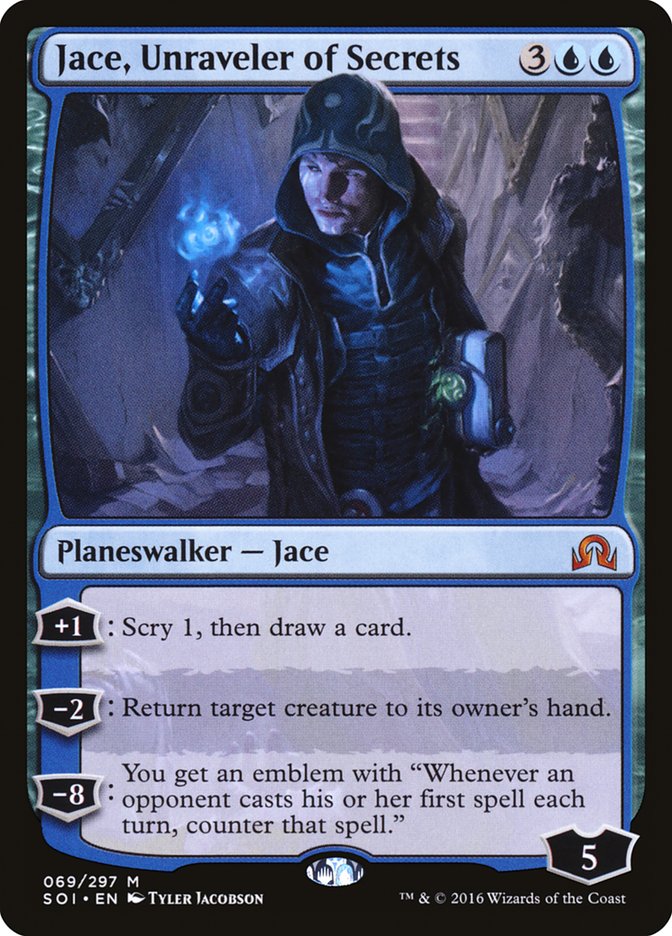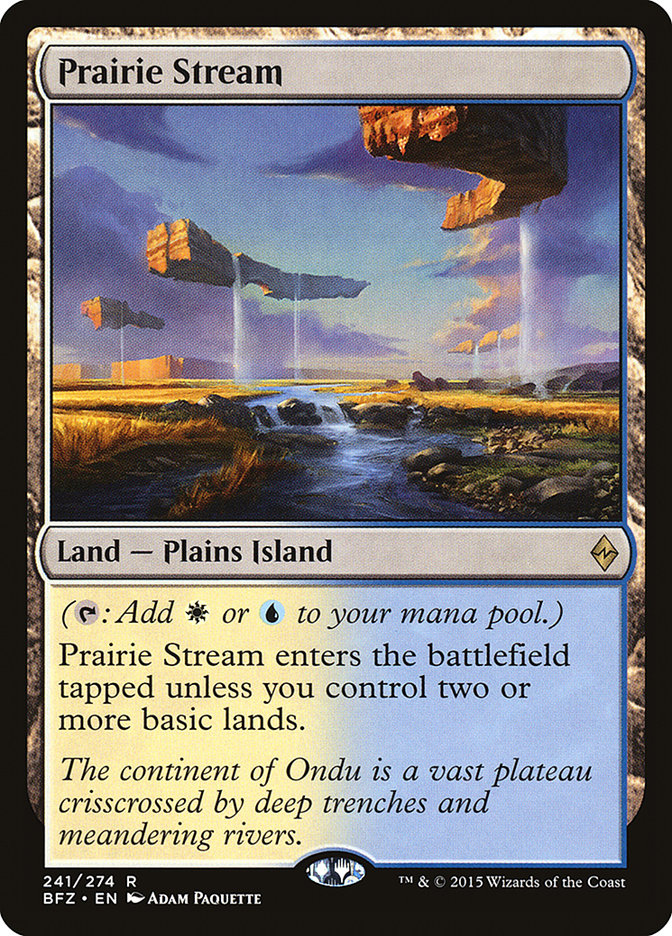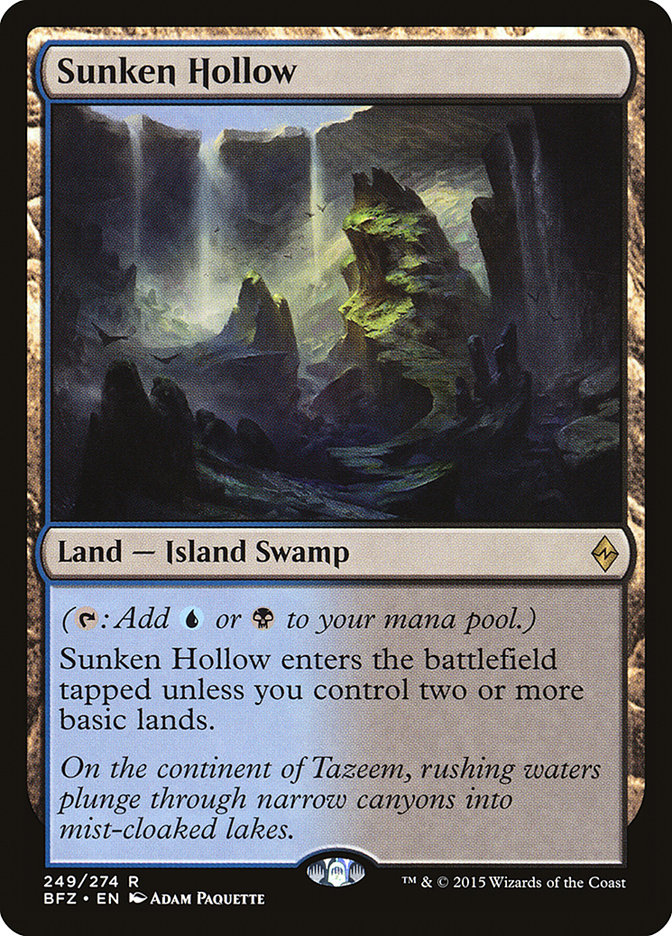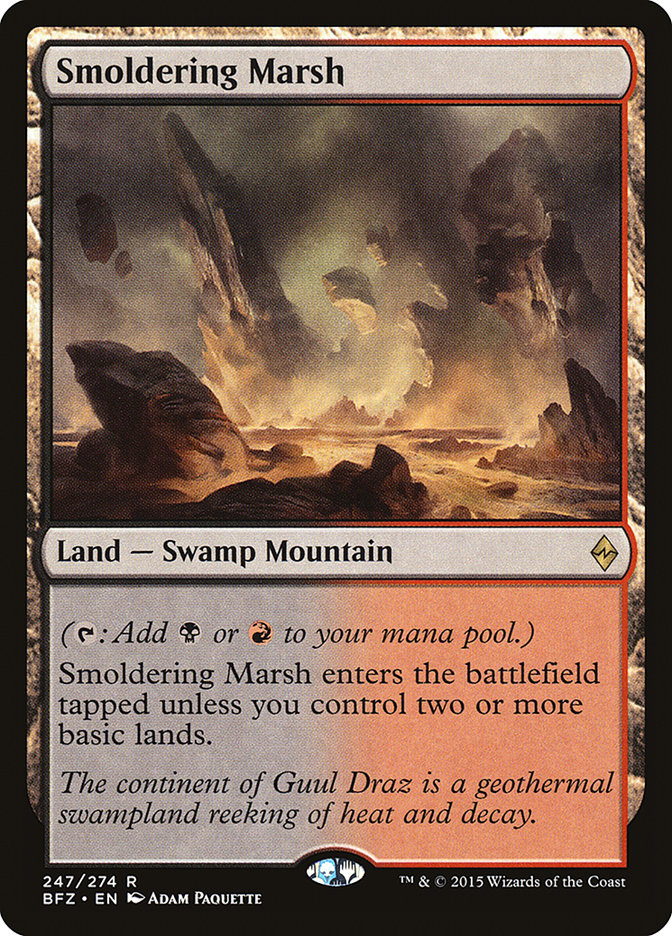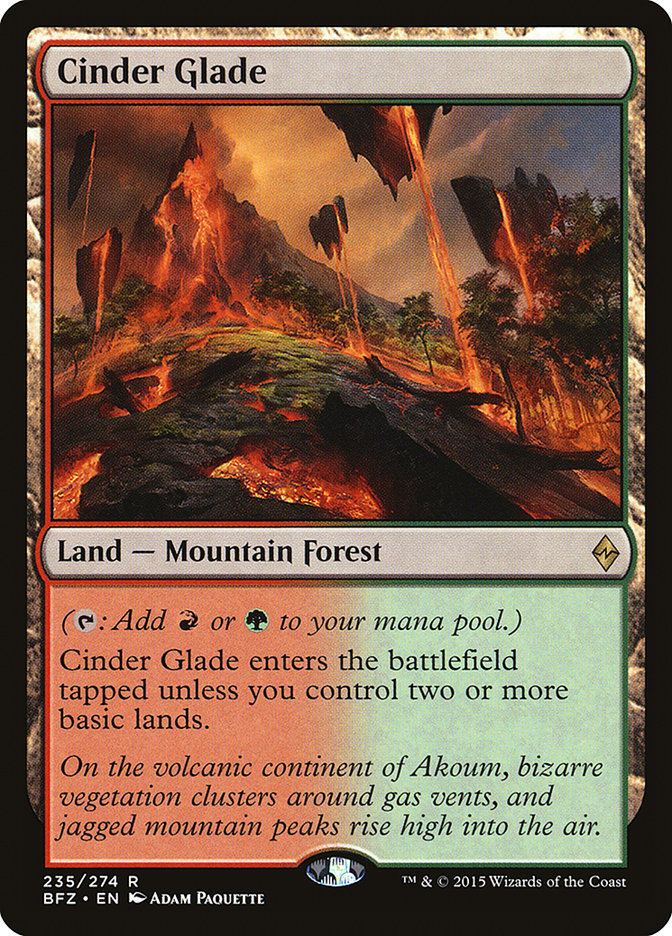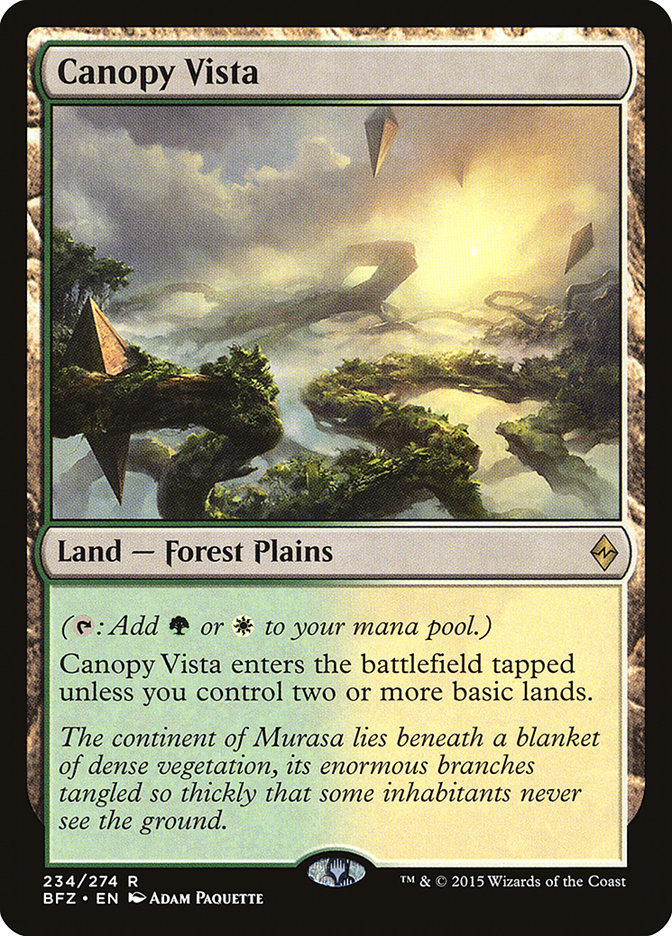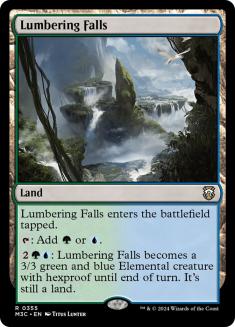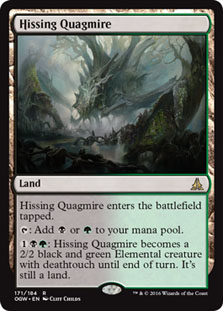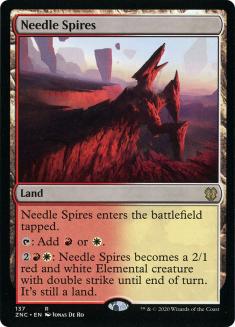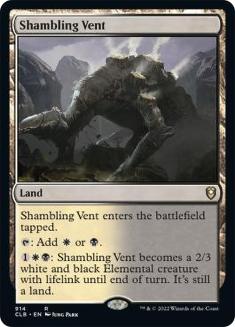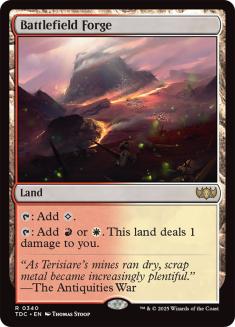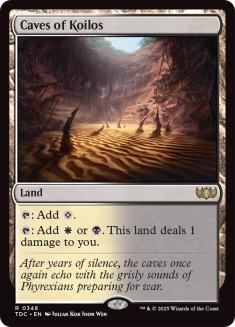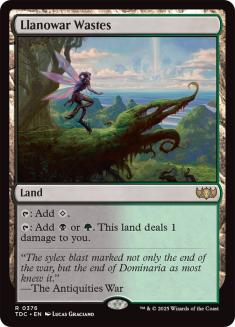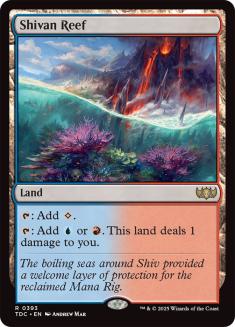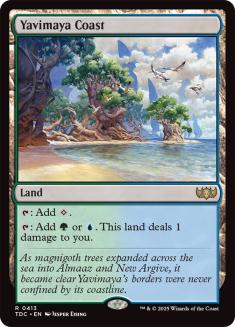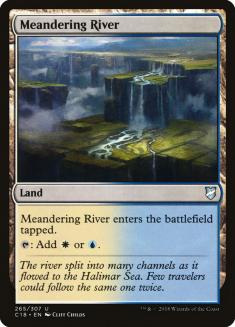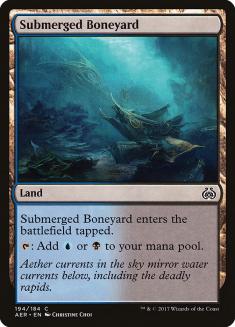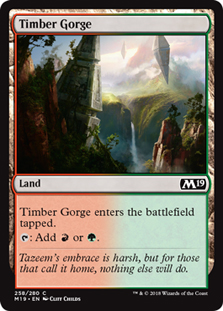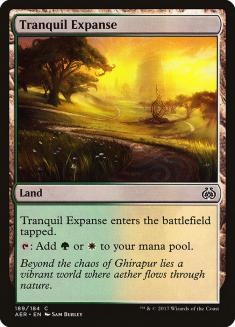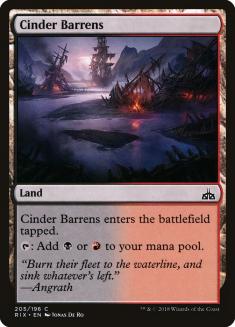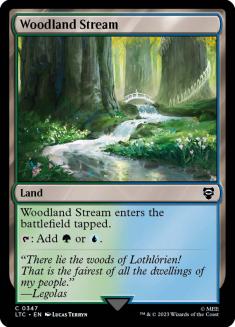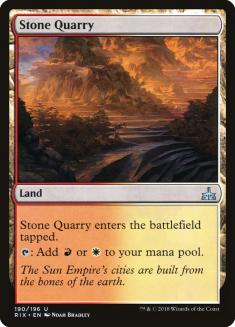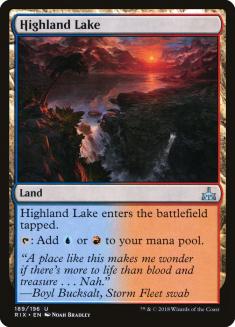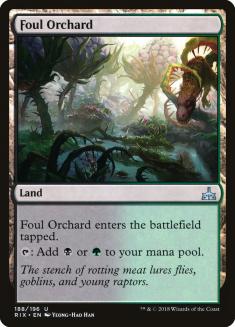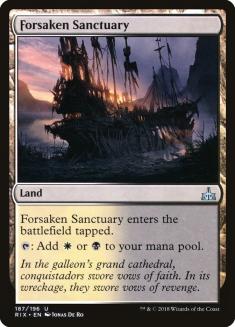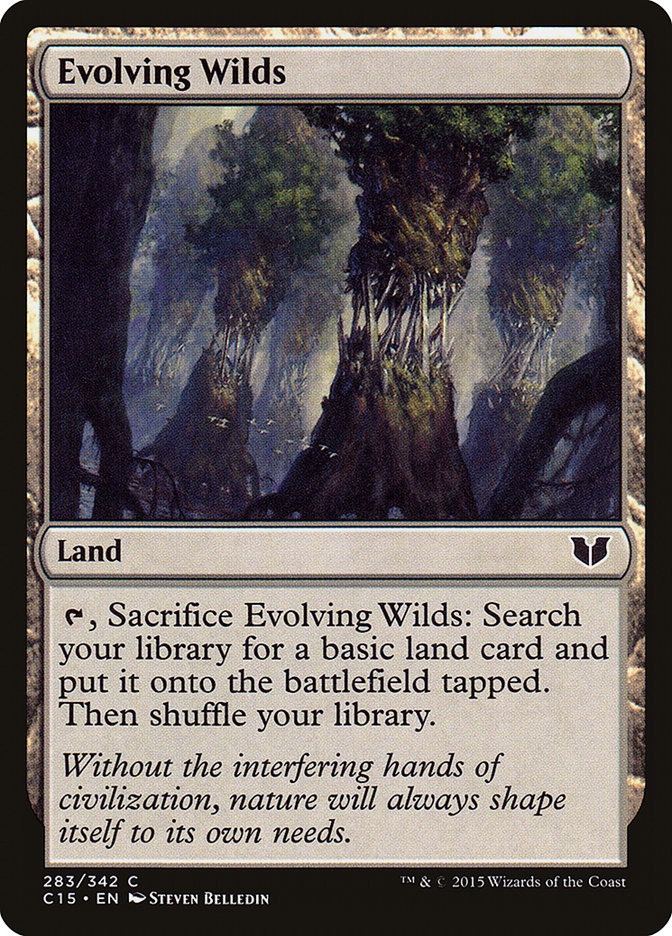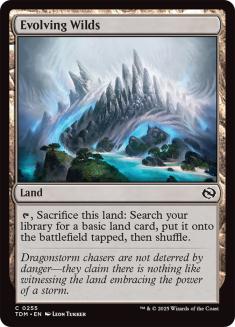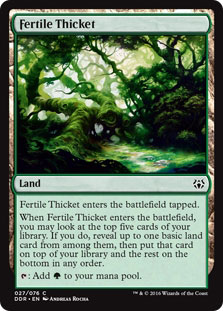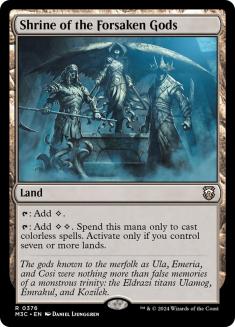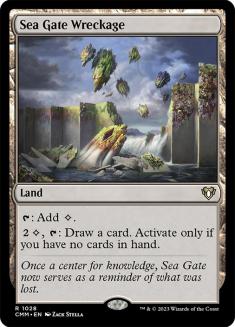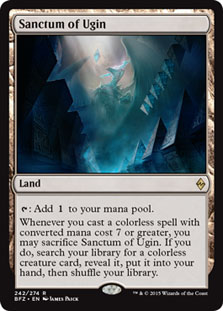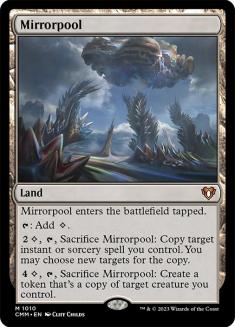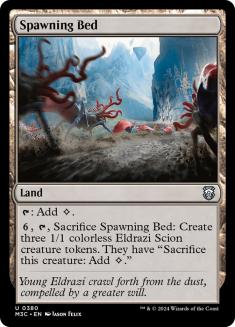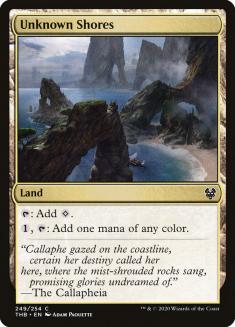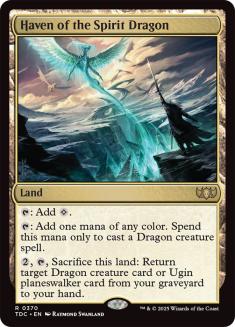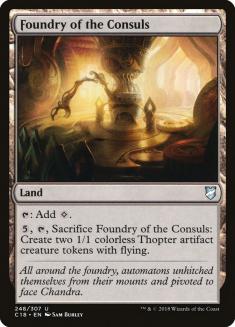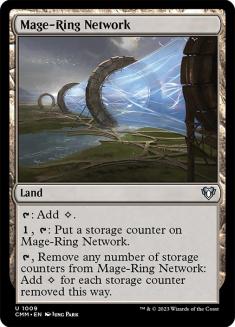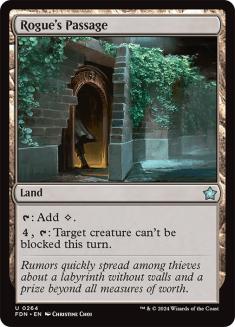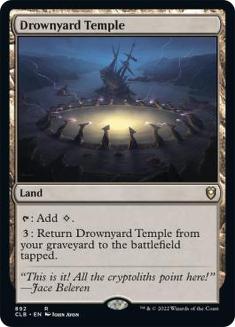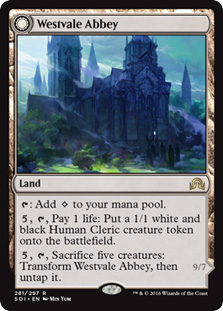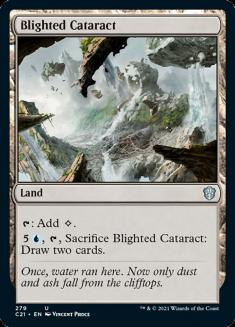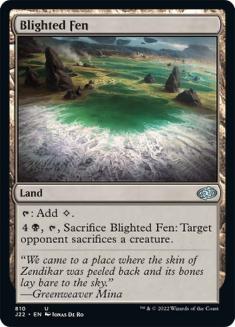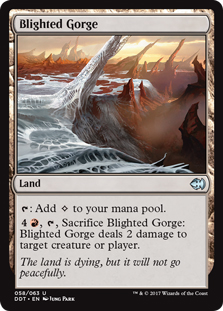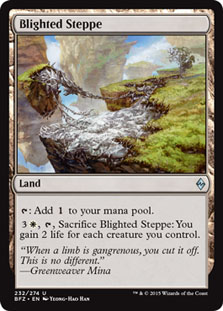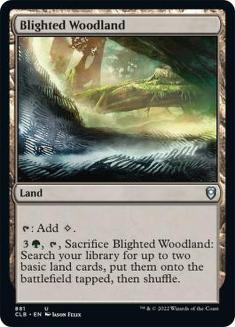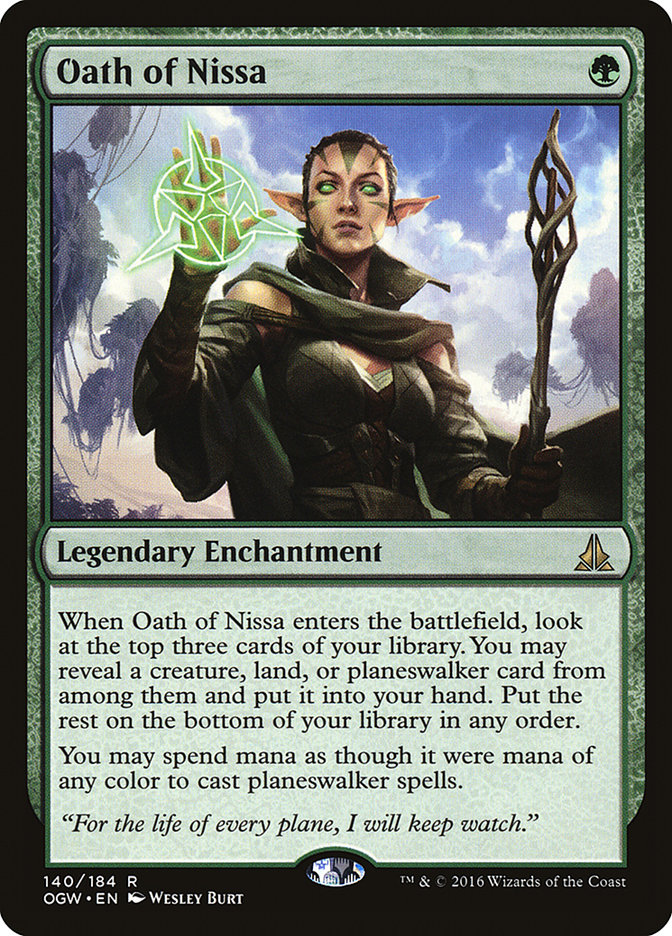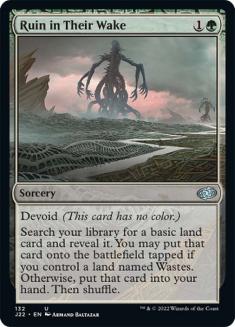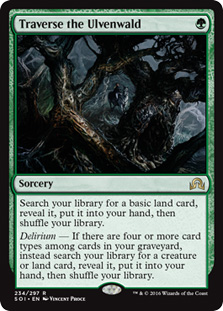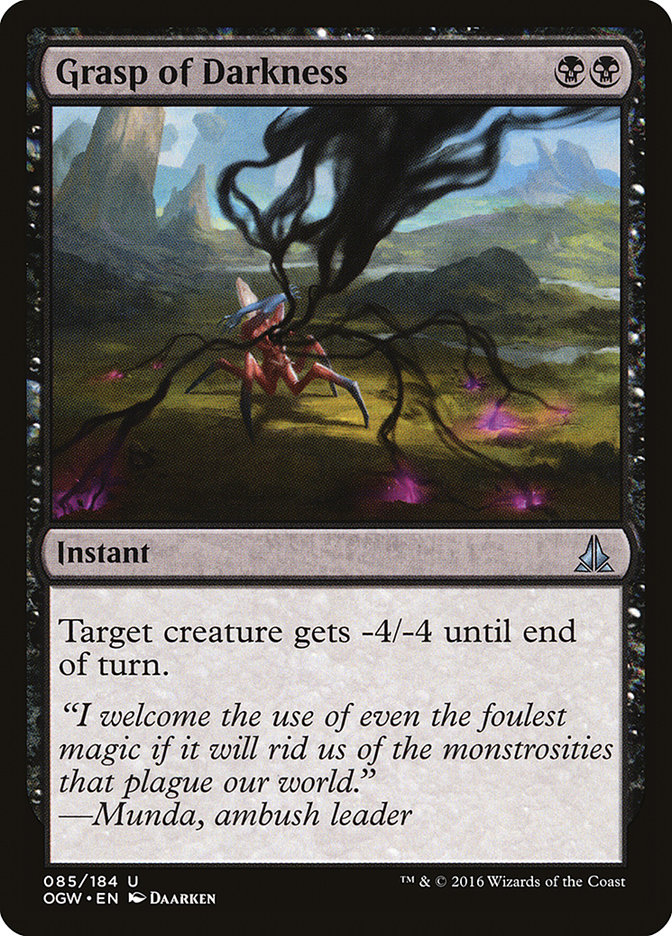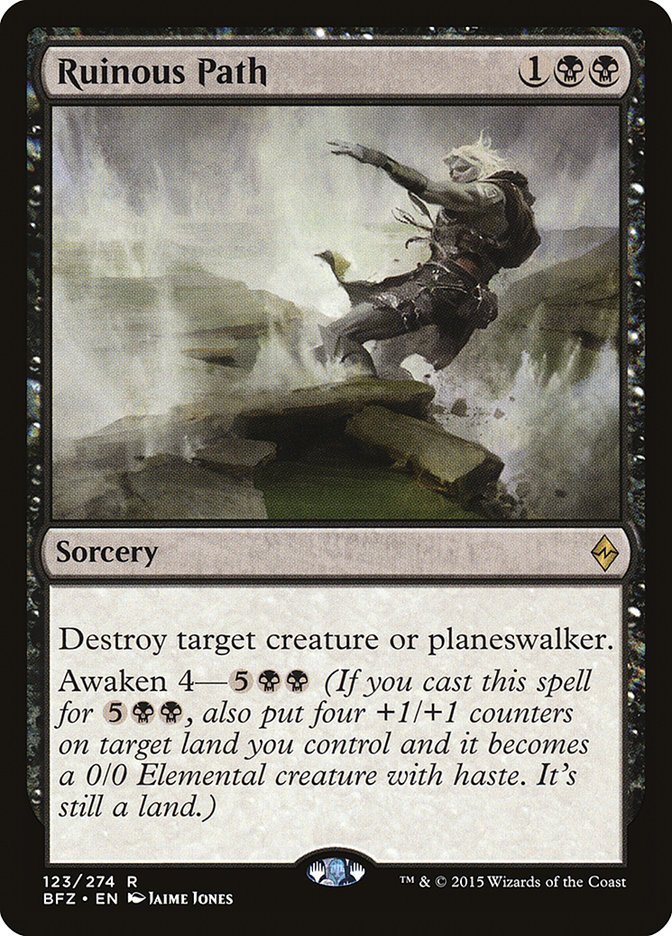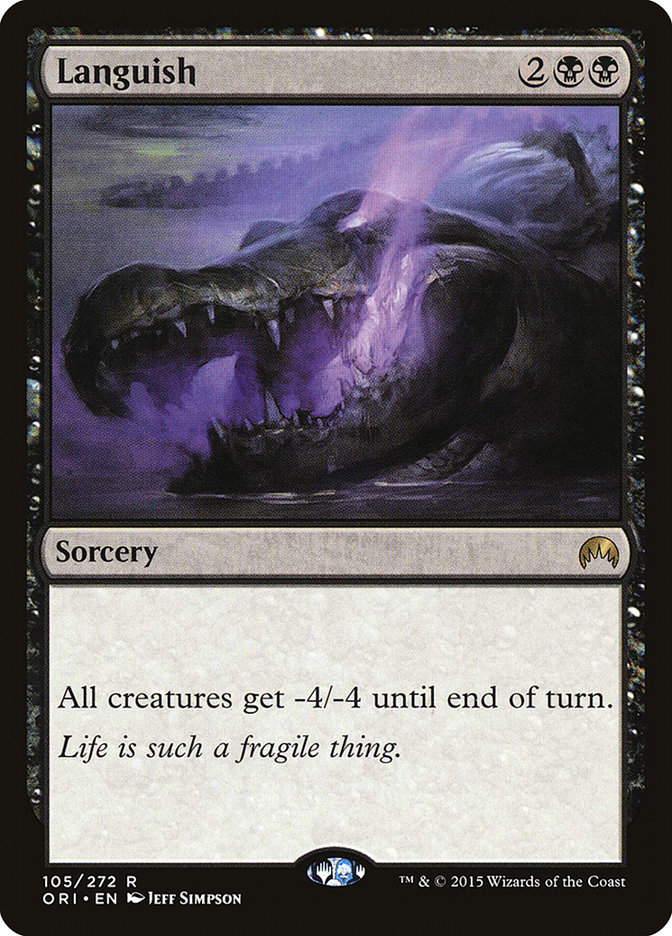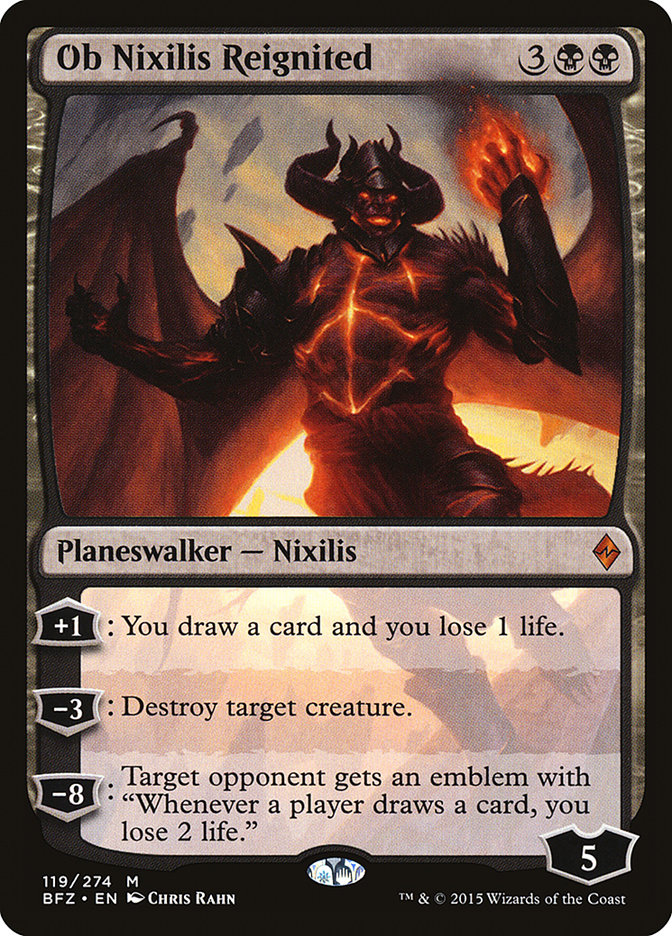Never before has it been so important to use the same picture for your basic lands.
That’s right; we finally know what the Shadows over Innistrad were concealing in terms of mana fixing, and these certainly are some nifty gifties in the form of some handy landies.
First of all, and obviously most importantly, what do we call these new lands?
The official term is Shadow lands. If nicknames are less creative than they used to be, at least they’re descriptive, especially when it comes to the art in this case. Just look at these pictures. That is some dark art(s). Makes me want to start crawling in my skin just looking at it. Even Fortified Village, the land representing green and white, which are traditionally the colors associated with spring freshness, fields of wheat, and literally Unicorns, looks like Marilyn Manson’s vacation home.
What is casting all these shadows, anyway? Really, there’s only one thing I can think of that could cast a shadow that large over an entire world… a giant Santa Claus floating above Innistrad in space. I’m sure Jace will get to the bottom of this case soon enough.
How could he not when half the cards in the set are spewing out clues like a drunk slot machine? Maybe he can sleuth out why his moniker and abilities keep changing slightly every couple of years while he’s at it.
Shadow lands are unlikely to creep into Modern, since fetchlands are so powerful there, but will, beyond a shadow of a doubt, have a long, influential career in Standard.
Shadow lands appear to be near the end of what can be revealed in terms of mana fixing from lands, which means we can finally start to predict what manabases will look like in Standard after the rotation.
Do you remember a time when manabases were simple and players didn’t spend half the time in their match searching their libraries for lands? Golgari Rot Farm remembers.
That’s right; fetchlands are soon to be gone from Standard, which makes me deliriously happy. The Battle lands shown above are losing their fetching friends and Standard manabases will no longer get to pretend they’re Modern manabases.
New Standard will be Dragons of Tarkir, Magic Origins, Battle for Zendikar, Oath of the Gatewatch, and Shadows over Innistrad. Right now it looks like mana fixing in Standard is going to be a shadow of its former self, which actually sounds like a welcome change right now. Currently the combination of fetchlands and Battle lands in Standard is so good that we’re having serious difficulty just naming decks like Jeskai Black or Mardu Green.
Battle lands and Shadow lands will be the backbone for two-color allied manabases. They work well together in some respects, not so well in others. You can reveal Battle lands to deploy untapped Shadow lands, which is nice, but any Shadow lands you have on the battlefield won’t help future Battle lands enter the battlefield untapped. Shadow lands are great in the early-game, when you have plenty of lands to reveal, and poor in the late-game when you won’t. Battle lands are poor in the early-game when they’re likely to enter the battlefield tapped and great in the late-game when the opposite is true.
Basic lands work well with both, which means there are strong incentives for skipping any splashing when building friendly two-color decks by keeping your mana super-smooth and your basic land count high. Of course, stretching your manabase by splashing can be profitable as well, since you have access to more sweet, sweet cards. It is important to keep in mind that we are essentially going from the best mana a Standard format can offer to some of the worst mana a Standard format can offer.
The enemy-color combinations have quite a bit going for them as well, namely the creature-lands, which look downright mouth-watering, since they provide an amazing unique effect and great fixing.
Will three-color manabases be viable? Absolutely.
But Battle lands and Shadow lands really don’t play well with creature-lands, so once you start mixing them, it’s going to get clunky.
These lands all provide more incentives toward playing slower two-color decks and are a nice bit of redundancy, whichever direction you decide to build.
Quietly, one of the biggest winners in all this appears to be Evolving Wilds. Never before has it looked so tempting, if only because the other options are somewhat lacking. It should be good enough for splashing or just fixing in a two-color deck.
What?
Evolving Wilds is evolving!
Congratulations!
Your Evolving Wilds evolved into I Can’t Believe I’m Playing This Amazing Card.
I’m actually looking forward to playing with slower, clunkier manabases. Anyway, here are the rest of the reasonable lands in the format:
What Will Future Standard Look Like?
The biggest winners post-rotation, and what interest me most to start with, are Ramp decks and Control decks.
Ramp decks have access to a bunch of good fiddly early drops that include:
Traverse the Ulvenwald finding Wastes and then casting Ruin in Their Wake on turn 2 (or just Corrupted Grafstone and a way to activate it) seems like it will give the deck a much-needed element of consistency and a shot of speed in the early game. Losing Ugin, the Spirit Dragon hurts, but Ulamog, the Ceaseless Hunger and World Breaker are still around to terrorize us mortals.
Esper Dragons looks like it will be a big winner as well. Its manabase is going to be clunky, but it has access to all its most powerful cards and there’ll be no Crackling Dooms lurking in opponents’ hands.
Two-color Control and Midrange decks are going to benefit from the slower, straightforward manabases as well. Here’s what I would start with:
Creatures (7)
Planeswalkers (2)
Lands (26)
Spells (25)

That manabase gives us a whopping twenty black sources and eighteen blue sources (if you count Evolving Wilds as both blue and black, which it isn’t quite), with five lands that always enter the battlefield tapped and eight that conditionally do. That’s probably overkill in terms of solid mana and you might be able to sneak in more utility lands of some sort.
Evolving Wilds appears to win the heads-up fight against Submerged Boneyard in this deck, but it’s close. Mainly Evolving Wilds helps flip Jace, Vryn’s Prodigy and helps Sunken Hollow enter the battlefield untapped, but it also thins the deck and has synergy with any delirium cards you might have. Submerged Boneyard adds both colors of mana.
Grasp of Darkness, Ruinous Path, and Languish all seem like they’ll be absolutely premium removal spells in the future and among the big draws of the deck. Simple manabase, solid cards.
I think it’s Anticipate’s time to shine. It helps fix your mana early if you need to, finds a Languish or counter depending on what you need, and just makes the deck run more smoothly. If the format drops in consistency and speed, Anticipate can take advantage by being slow but powerful.
Confirm Suspicions seems like a great one-of, and possibly more. It’s a huge investment in mana, but if your opponent steps into it fully, it’s a massive four-for-one.
Jace, Unraveler of Secrets may not exactly have fresh and exciting abilities, but I think it will be incredibly good in Standard. If there’s one thing if I’ve learned, it’s never to count a Jace out. In fact, where is Jace, the Living Guildpact? I want to put it in my decks. Hmm, you say that Jace truly was bad and never saw any play? Slander and lies!
Comparing the new Jace, Ob Nixilis Reignited is an obvious start. First, Ob Nixilis Reignited is great. Second, Jace, Unraveler of Secrets seems even better. You get to upgrade from stinky old Swamps to beautiful crystal-clear Islands, although for the purposes of U/B Control we could use either.
Tacking “scry 1” onto Jace’s draw is a huge deal. In the late-game, being able to dig towards more gas or specific cards is incredibly valuable. This is one of the best card advantage abilities on a planeswalker, card selection and card draw, which is very rare of when ticking up your planeswalker.
The bounce ability is very good as well. You can -2, bouncing a creature, and then -2 again leaving one loyalty on Jace, Unraveler of Secrets. Remind you of anyone? Hint: Jace, the Mind Sculptor.
The emblem seems game-winning but nothing special as far as emblems go. It will likely mostly come up in Control mirrors; otherwise, the amount of card draw you got already will be fairly back breaking. If you ever played with or against Erayo, Soratami Ascendant in Affinity, you know how good the effect can be.
Of course, there are some downsides to Jace, Unraveler of Secrets. The first is that he costs five mana, which is fairly steep. I think his abilities are slightly better than those of Jace, Architect of Thought and bordering the power of Jace, the Mind Sculptor, but you also have to invest that extra mana, which is a big deal.
Next is the issue of Jace saturation, or Sat-Jace-ration… Jace-uration… too many Jaces. Jace, Vryn’s Prodigy is pretty much ubiquitious in blue decks at this point, so they are competing for space.
Another minor annoyance: Jace, Unraveler of Secrets doesn’t have a win condition attached, which means you still need to play other win conditions and can’t just dedicate your deck to drawing cards until your opponent falls out of their chair dead.
On the Jace scale, this bad boy is much closer to Jace, Architect of Thought in terms of playability than Jace, the Living Guildpact.
This is a fairly straightforward place to start with U/B Control, but it looks to have access to plenty of powerful tools. There are other directions you can take the deck, fully towards madness or delirium or with a slight subtheme. There are plenty of other already-spoiled cards worth trying in these strategies, like Pick the Brain, Brain in a Jar, To the Slaughter, Mage-Ring Network, and Corrupted Grafstone.
You could also splash white and go full-on Esper, which helps solve some of the deck’s weakness by adding more lifegain and artifact and enchantment removal, giving you access to Ojutai’s Command; Shambling Vent; Sorin, Grim Nemesis; and Anguished Unmaking.
A sample manabase for a small white splash might look like:
1 Plains
4 Island
4 Swamp
What do you think? Is mana in Standard going to be straightforward, or is there more than meets the eye and more than just the cards are transforming? Is Control poised for a comeback? Will some other strategy dominate in the early days of Standard?


